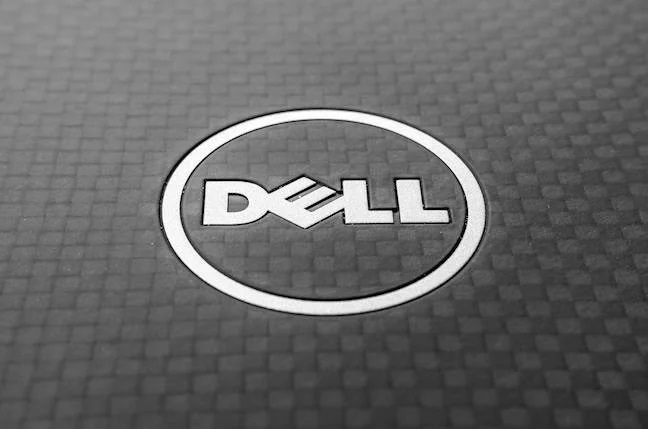Analysis: A deeper look into Dell’s APEX announcements in Vegas this week reveals a deal with Databricks for Dell storage to feed its lakehouse, the use of a stopgap block service, and both PowerScale file and PowerProtect being migrated to AWS.
Making Dell’s file and block storage available in the public cloud is the goal of Project Alpine, announced a year ago. This was part of its APEX Multi-Cloud Data Services initiative. Dell wants to provide a consistent public cloud-to-on-premises experience with PowerStore (file and block), PowerFlex (HCI block), PowerScale and/or ObjectScale (file and object).
At Dell Technologies World in May last year it had put its PowerProtect software into the AWS and Azure clouds in the form of PowerProtect Cyber Recovery and a preview showed Dell storage could feed data into Snowflake’s data warehouse. A demo showed PowerScale’s Isilon SW operating in AWS.
Later, in November that year Dell said its PowerFlex hyperconverged infrastructure system was available on the AWS marketplace as part of the APEX program. PowerFlex is like VxRail but doesn’t use the vSphere hypervisor. It scales out to thousands of nodes and originated as a ScaleIO upgrade and rebrand. PowerFlex provided block storage in AWS using Elastic Block Storage (EBS) or the EC2 Instance Store.
Now, a year later, Dell has announced that APEX Storage for Public Cloud, with block and file storage, is available in AWS and will debut in Azure later this year.
The announced Databricks partnership follows on from the earlier Snowflake deal and we have APEX Protection Storage for Public Cloud in existence as well.
APEX File Storage for AWS is based on PowerScale’s OneFS, the Isilon scale-out filesystem software, but APEX Block Storage for AWS and Azure is not based on block storage software from its PowerStore or PowerMax arrays. PowerStore’s operating system provides unified file and block storage and, like the PowerMax OS, is not a scale-out system.
Instead the scale-out PowerFlex system software is used to provide block storage. The public cloud scales out by adding instances and PowerFlex matches that capability. This means that PowerFlex customers will see a consistent environment across the on-premises, AWS and Azure public clouds, as will PowerScale customers across their on-premises and AWS cloud, but PowerStore block and file storage customers will not, nor will PowerMax customers. PowerFlex is being used as a kind of stopgap. We will have to wait longer for Dell’s mainstream PowerStore software to be available in the public cloud. NetApp still has its Data Fabric lead in this respect. Pure Storage also has its Cloud Block Store. HPE with its GreenLake storage has yet to match these moves.
Cloudy object, PowerProtect and Databricks
APEX Protection Storage for Public Cloud is PowerProtect DDVE (DataDomain Virtual Edition), building on what Dell showed a year ago. This has been ported to four public clouds, supporting AWS, Azure, Google Cloud and Alibaba Cloud. Dell says more than 17 exabytes of data is protected by its software in public clouds to date.
Will there be an APEX Object Storage for public cloud? A Dell spokesperson told us: “Yes. We plan to offer object storage for the public cloud in the future. Stay tuned.” We may then see Dell object storage SW in AWS and Azure built on top of S3 and Blobs respectively.
With the Databricks deal, a Databricks Lakehouse in the public cloud can use Dell ECS object storage, on-premises or in a co-lo, to analyze data in-place, store results and share it with third parties using Databricks’ Delta Sharing capabilities. Dell says it is collaborating with Databricks to jointly engineer additional integrations that will deliver a seamless experience for Dell object storage within the Databricks Lakehouse Platform. We dare say ChatPT-like large language models, like Databricks’ Dolly chatbot, may be considered as part of this.








